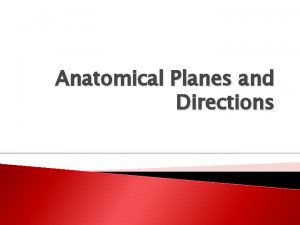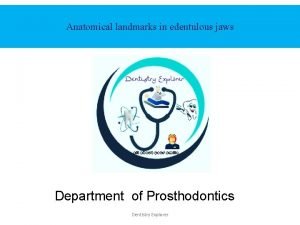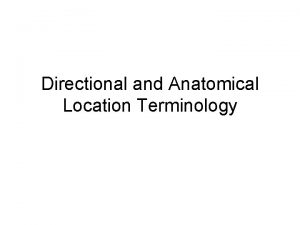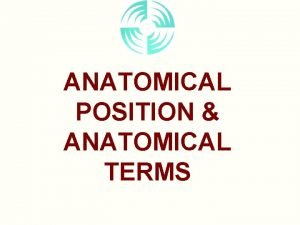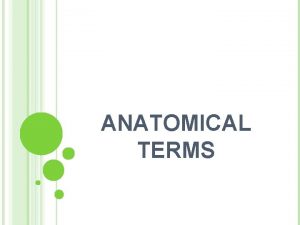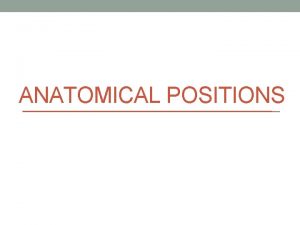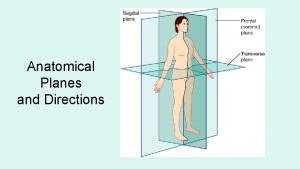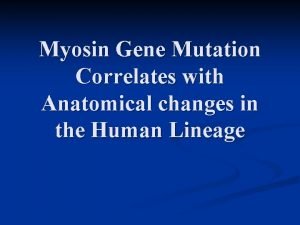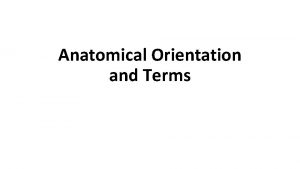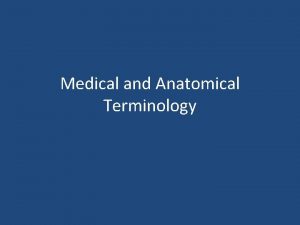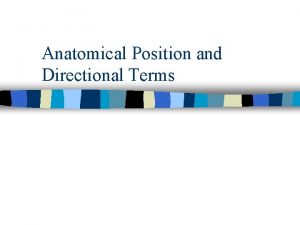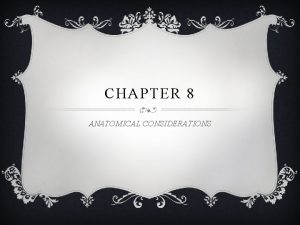History Part III Anatomical and neurochemical correlates of














- Slides: 14

History, Part III Anatomical and neurochemical correlates of neuronal plasticity • Two primary goals of learning and memory studies are – i. neural centers involved in specific behaviours – ii. kinds of changes that underly the observed plasticity • The changes in neural functions (neuronal plasticity) might involve – i. chemistry (the number of transmitter chemicals released), – ii. morphology (the number or types of connections made between nerve cells) – iii. electrical activity (how rapidly, or in what sequence, nerve cells fire)

Ramón y Cajal (1894) suggested that neurons extend their axons and dentrites • to make new connections with other neurons in both development and learning. • He further stated that the higher one looked in the vertebrate scale, the more the neural terminals and collaterals ramified. Charles Sherrington (1897) stated the synapses was likely to be strategic for learning.

Donald O. Hebb • conditions that might be required to produce changes at synapses • i. He proposed that functional relationship between a presynatic neuron (A) and a postsynaptic neuron (B) could change if A frequently took part in exciting B. • (1) when an axon of cell A is near enough to excite a cell B and repeatedly or persistently takes part in firing it, some growth process or metabolic change takes place in one or both cells suchthat A’s efficacy, as one of the cells firing B, is increased.

• ii. Extension of the hypothesis: • (1) any two cells that are repeated active at the same time will tend to become ‘associated’, so that activity in one facilitates activity in the other. • Summary: “Neurons that fire together wire together”

Findings by Rosenzweig and associates • • a. Formal training i. Rats trained and tested for spatial problem task ii. Measured Ach. E activity in the cerebral cortex iii. Found the groups that had been trained and tested on more difficult problems > those given easier problems > groups given no training and testing. • b. Informal learning, enriched experience, • i. increased acetylcholinesterase (Ach. E) • ii. increased weights of regions of neocortex.

• Further systematic testing • i. Enriched condition (EC), Standard condition (SC), Isolated condition (IC) • ii. training and differential experience could produce measurable changes in • the brain Fig 0 -8, Fig 0 -9 • iii. Changes can be produced throughout life span and rather rapidly • iv. Change were not uniformly distributed throughout cortex, largest change in occipital cortex



• Other measures, Fig 0 -10 • (1) cortical thickness, • (2) increase in cortical volume and intracortical connections • (3) sizes of neuronal cell bodies, • (4) count of dendritic spines Fig 0 -11 • (5) increase in extent and branching of dendrites • (6) number of synapses per neuron • (7) size of the synaptic contact areas, Fig 0 -12, Fig 0 -13





 Correlates of effective schools
Correlates of effective schools Types of journeys
Types of journeys Hamlet act iii scene iii
Hamlet act iii scene iii Va professional standards board
Va professional standards board Position of the body
Position of the body Gummy bear regional and directional terms review
Gummy bear regional and directional terms review Example of posterior in anatomy
Example of posterior in anatomy Primary and secondary stress bearing areas of mandible
Primary and secondary stress bearing areas of mandible Part whole model subtraction
Part whole model subtraction Unit ratio definition
Unit ratio definition Part part whole
Part part whole Technical object description example
Technical object description example The heart of the entire beverage operation.
The heart of the entire beverage operation. The part of a shadow surrounding the darkest part
The part of a shadow surrounding the darkest part Minitab adalah
Minitab adalah






